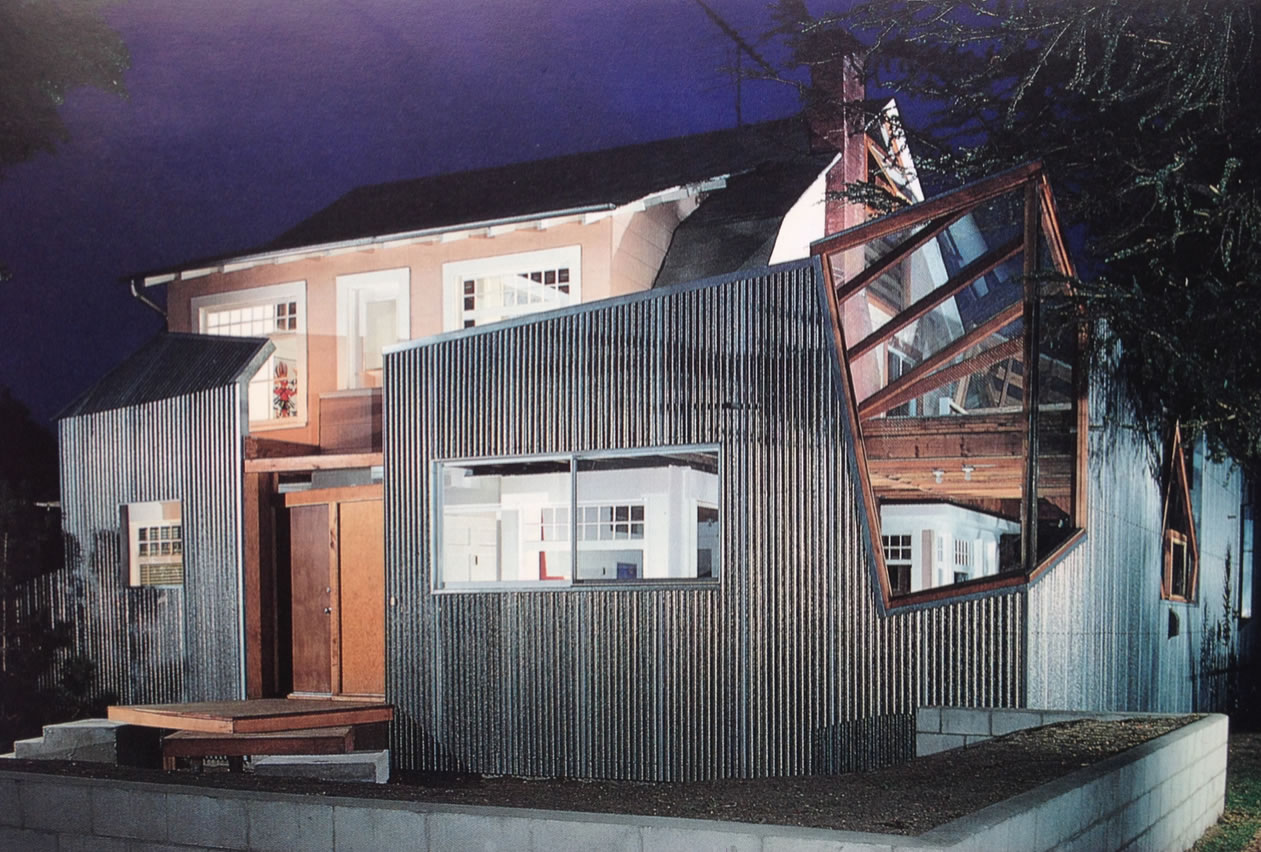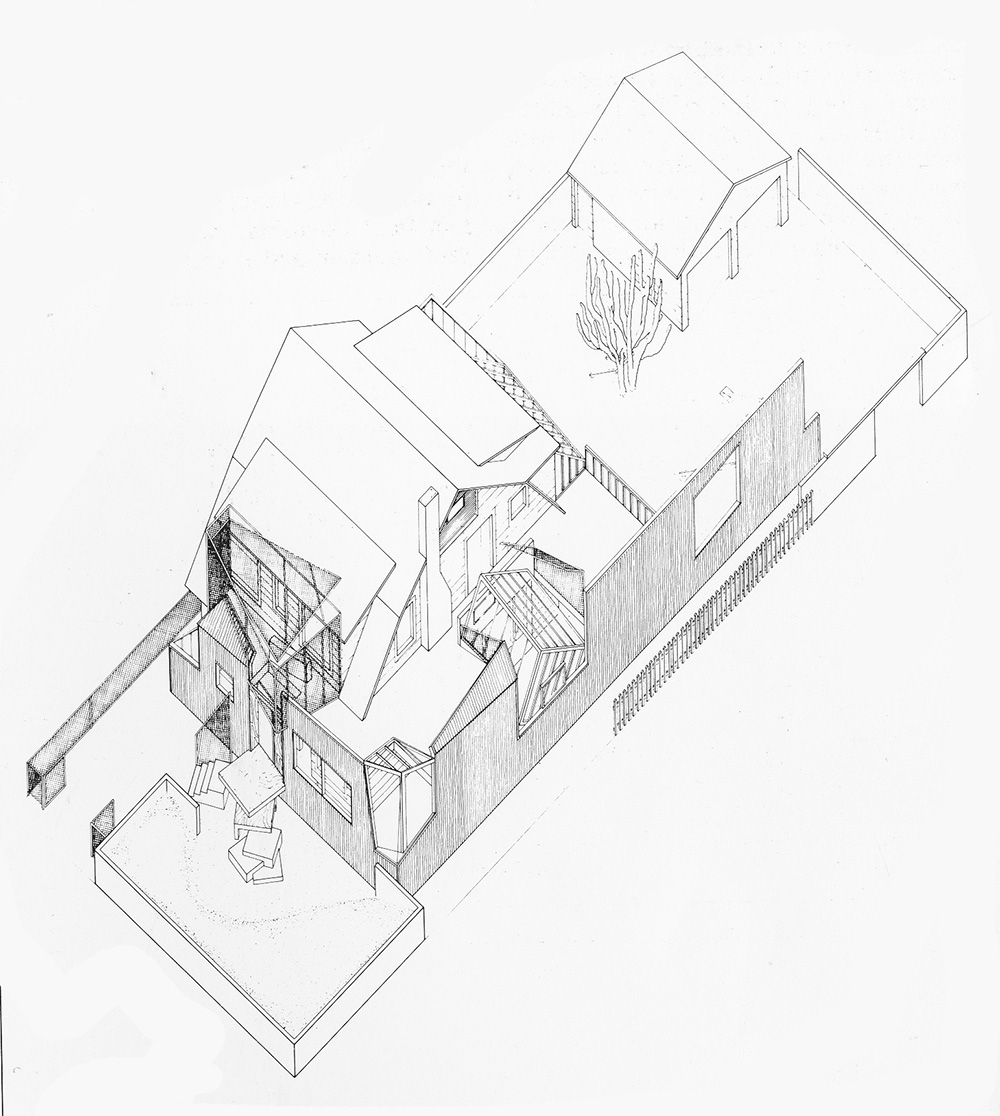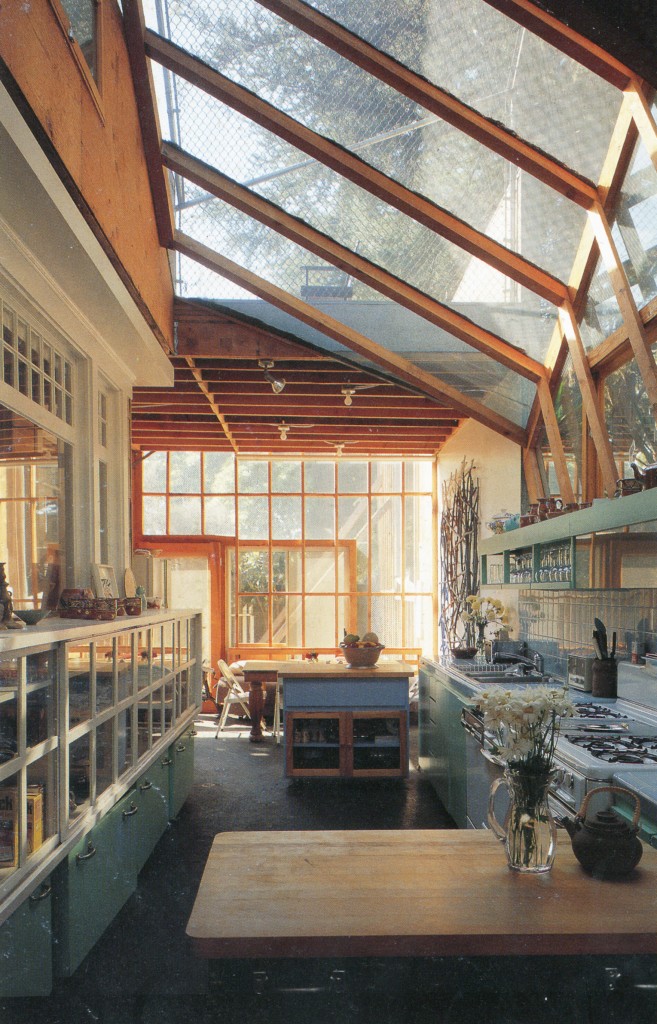108
Gehry Residence
Author: Frank Gehry
Year: 1978 Edit Add
Book: Postmodernism, or, The Cultural Logic of Late Capitalism
Gehry Residence
Author: Frank GehryYear: 1978 Edit Add
Book: Postmodernism, or, The Cultural Logic of Late Capitalism
Such is at least the problematic framework in which I propose to examine one of the few postmodern buildings which does seem to have some powerful claim on revolutionary spatiality: the house (or single-family dwelling) that the Canadian-American architect Frank Gehry built (or rebuilt) for himself in Santa Monica, California, in 1979. Problems enshroud even this starting point, however: for one thing, it is not clear how Gehry thinks of himself in relationship to postmodern architecture more generally. His style certainly has little enough in common with the ostentatious decorative frivolity and historicist allusion of Michael Graves or Charles Moore or even Venturi himself. Gehry has indeed observed that Venturi "is into storytelling...I'm really interested in this hands- on thing, and not in telling stories," an apt enough characterization of the passion for periodization from which (among other things) the concept of Postmodernism comes. Meanwhile, the single family dwelling may also be less characteristic of the projects of the postmodern: the grandeur of the palace or the villa is clearly increasingly inappropriate to an age which began with the "death of the subject" in the first place. Nor is the nuclear family any specifically postmodern interest or concern. Here too, then, if we win, we may actually have lost; and the more original Gehry's building turns out to be, the less generalizable its features may be for Postmodernism in general.
Such is at least the problematic framework in which I propose to examine one of the few postmodern buildings which does seem to have some powerful claim on revolutionary spatiality: the house (or single-family dwelling) that the Canadian-American architect Frank Gehry built (or rebuilt) for himself in Santa Monica, California, in 1979. Problems enshroud even this starting point, however: for one thing, it is not clear how Gehry thinks of himself in relationship to postmodern architecture more generally. His style certainly has little enough in common with the ostentatious decorative frivolity and historicist allusion of Michael Graves or Charles Moore or even Venturi himself. Gehry has indeed observed that Venturi "is into storytelling...I'm really interested in this hands- on thing, and not in telling stories," an apt enough characterization of the passion for periodization from which (among other things) the concept of Postmodernism comes. Meanwhile, the single family dwelling may also be less characteristic of the projects of the postmodern: the grandeur of the palace or the villa is clearly increasingly inappropriate to an age which began with the "death of the subject" in the first place. Nor is the nuclear family any specifically postmodern interest or concern. Here too, then, if we win, we may actually have lost; and the more original Gehry's building turns out to be, the less generalizable its features may be for Postmodernism in general.
 Source type: picture
Source type: pictureInfo: View of Gehry Residence / Santa Monica / California
Original size: 1261x852 px. Edit
 Source type: picture
Source type: pictureInfo: Gehry Residence / Santa Monica / Studio project
Original size: 1000x1116 px. Edit
 Log-in
Log-in Source type: picture
Source type: picture